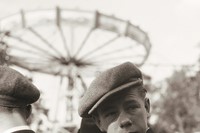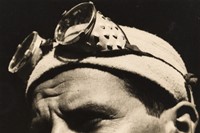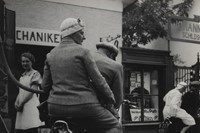We shine a light on Austrian-American image-maker Robert Haas, one of the most accomplished documenters of 20th-century life, whose brilliant output fell into oblivion
Who? Robert Haas is one of the most overlooked photographic pioneers of the 1900s – which is surprising given that his exquisite portraits of everyday life in Austria and the United States rival those of his most famous contemporaries on both sides of the Atlantic. Haas was born in Vienna in 1898 and made a name for himself as a graphic designer and printer in the milieu of 1920s Viennese modernism. As the decade progressed, however, he increasingly turned to photography as a means of self-expression and, by the mid-1930s, had established himself as a coveted photojournalist for some of the country’s most prestigious publications.
Sadly his good fortune was cut short by the arrival of the Nazi regime in Austria in 1938, which forced the Jewish artist to flee to New York to begin a new life. Upon his arrival in the States, Haas’ photojournalism career failed to flourish and he returned to graphic art and printing, going on to found the art-centric Ram Press in 1941. Nevertheless, over the next two decades, he continued to pursue his passion for image-making, deftly documenting life in America and adapting his visual vernacular to the New World in which he found himself.
Haas died in 1997 at the ripe age of 99, but up until last year, his contribution to photography remained largely forgotten, superseded as it was by his illustrious reputation as a printer-cum-graphic-designer. This was something that his two daughters Miriam and Cathy took it upon themselves to rectify, donating their father’s extensive image archive to the Wien Museum and thus allowing a new generation of viewers to discover his powerful photographic output. The result is the museum’s current exhibition, and accompanying catalogue, titled Robert Haas: Framing Two Worlds, both of which offer remarkable insight into the photographer’s continent-bridging oeuvre.
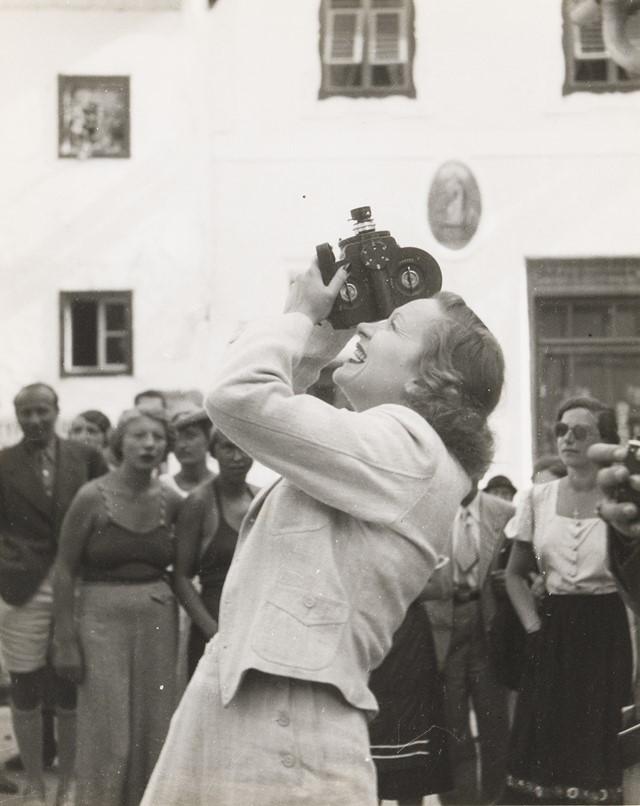
What? Right from the beginning of his career, whether embarking on photo reportage for Austrian publications – visiting local kindergartens or municipal shelters and zooming in on individual faces to startlingly intimate effect – or roaming city streets and country lanes to take stealthy snapshots of daily life, Haas proved himself an extremely empathetic and technically skilled documenter of his surroundings. He found poetry in the smallest details: an assignment to the Salzburg Festival, for example, saw him place as much precedence upon rows of identical suitcases lined up outside the Hotel Europe, and the white strips of awning that adorned its windows, as he did upon stars like Marlene Dietrich or the conductor Arturo Toscanini, of whom he took lively portraits. He took an experimental approach to composition, playing with vantage points and cropped framing devices that lend a voyeuristic quality to his work.
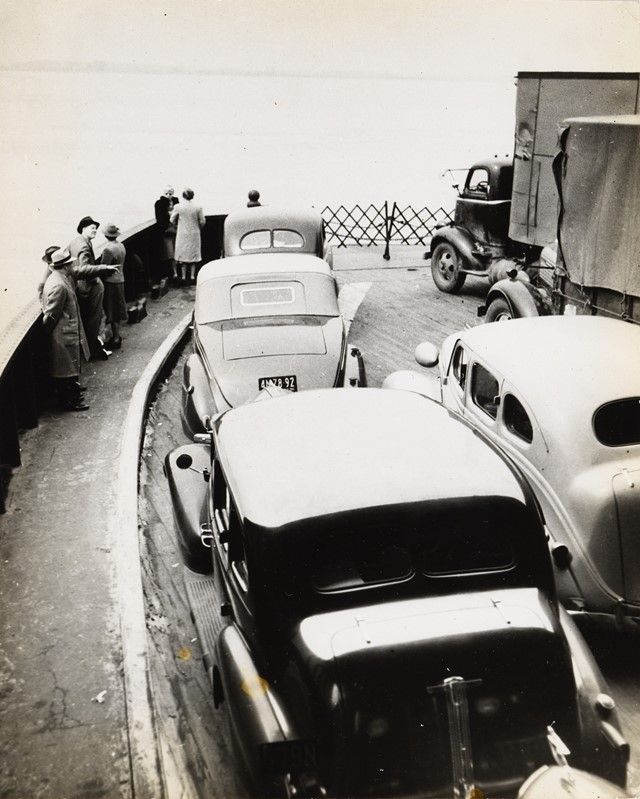
Upon arriving in America, however, Haas jumped at the chance not only to explore an entirely new country, travelling extensively in his first year there, but also to assimilate new photographic techniques. As the exhibition’s catalogue notes, “In Vienna he had often mingled with people and photographed everyday scenes from close up. In New York, especially when shooting street scenes, he kept a greater distance from his subjects. His photographs, visibly under the influence of American ‘straight photography’, were more sober, dispassionate, clearer and in many ways more modern.” Outside the city, he took great pleasure in photographing America’s vast landscapes – so different to those he had encountered growing up – as well as the “powerful architectural symbols” that punctuated them, such as dams, bridges and silos. He also took a number of portraits, which are typically soulful and captivating in style, but found the genre less interesting than the “pulsating metropolis” with its endless motorcars and skyscrapers, and the rural towns that encompassed it, complete with typographic street signs and quaint hairdressing salons.
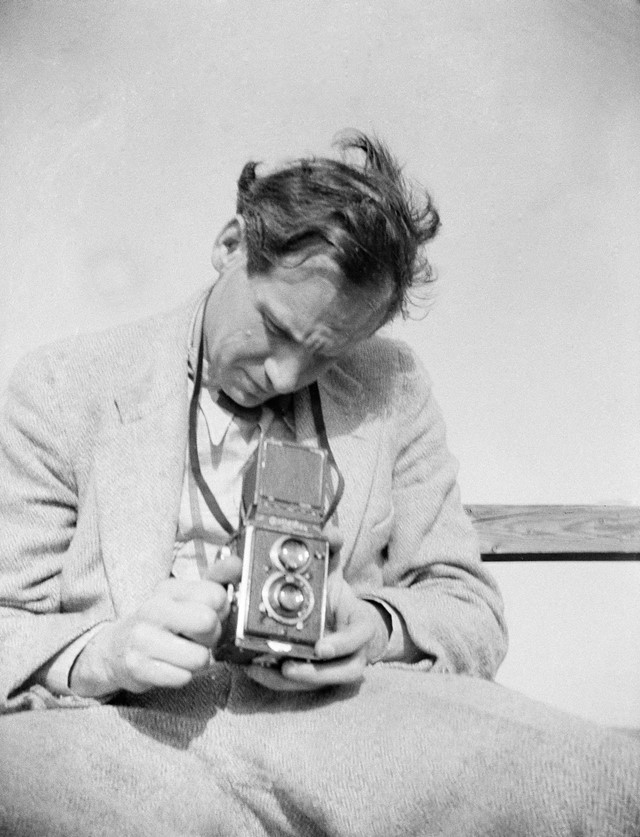
Why? It is very puzzling that such a sensitive, observant and stylistically brilliant imagemaker could have slipped between the cracks, his work remaining unrecognised for so long. As Matti Bunzl, director of Wien Museum, points out in the catalogue’s foreward, “Haas is doubtless among the great Austrian-American photographers of the 20th century. His photographic oeuvre encompasses many themes, and his camera lens synthesizes his unique view of two continents... [yet his] photographs have fallen into oblivion.” Thankfully, nearly 20 years after his death, this is finally being put right.
Robert Haas: Framing Two Worlds is out now, published by Hatje Cantz. The exhibition is at Wien Museum until February 26, 2017.

